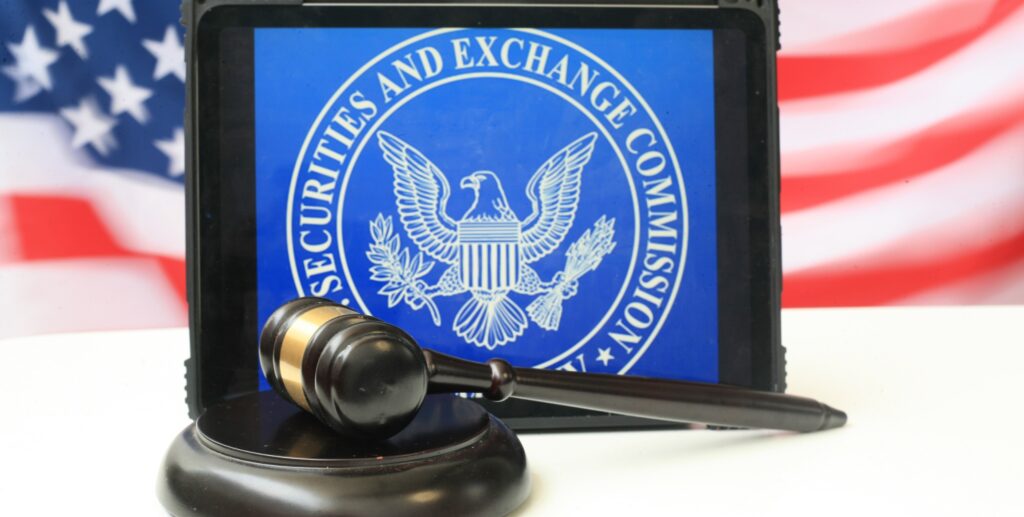Be Alert: Possible Increase in Accredited Investor Minimums—Understanding the Impact on Investors

Staff of the U.S. Securities and Exchange Commission (SEC) issued in December a report outlining a variety of potential modifications to accredited investor definition, suggested by various groups such as Investor Advisory Committee and Small Business Capital Formation Advisory Committee.
The Dodd-Frank Act of 2010 mandates that the Securities and Exchange Commission review their definition every four years to account for changes in the economy and provide sufficient protection to unsophisticated investors while encouraging participation in exempt offerings that promote innovation and economic development.
This report serves only to examine frequently suggested changes and gather public comment. Some proposals involve narrowing the accredited investor definition due to inflation or other considerations; other are intended to broaden it by adding measures of sophistication; it is important that we understand any implications associated with changing either side, so please feel free to submit a comment should any information come your way that could add clarity or enhance discussion.
Striking a Balance Between Consumer Protection and Access
Part of the SEC’s mission is to safeguard investors by providing access to essential information about potential investments, while holding companies accountable for fraud or dishonesty. To meet this objective, its Securities Act of 1933 establishes rigorous registration processes for public offerings with certain disclosure requirements as well as civil liabilities for misleading or outright false statements made during public offerings.
However, the Securities and Exchange Commission acknowledges that compliance with Securities Act requirements may be burdensome to businesses and may obstruct one aspect of its mission: access to capital for companies. Small businesses in particular depend heavily on accessing funding – particularly small public offerings with fewer than 50 investors – so as a result of this decision certain offerings from full registration and disclosure requirements may be exempted such as private offerings with only limited investors participating or smaller public offerings with few investors participating.
But to protect investors who may lack the expertise or financial solvency to take on more risky offerings without being overburdened with liabilities, certain securities such as Regulation D offerings must only be sold to accredited investors or to a limited number of non-accredited investors according to the Securities Act. Alterations to this definition affects who can legally participate and consequently can affect Regulation D offerings’ scope.
Regulation D initially only applied to a relatively small portion of the population; however, since then the Securities and Exchange Commission (SEC) has amended the definition numerous times; most recently in 2020 when changes were approved allowing more people and entities to qualify as accredited investors without needing shareholders or meeting financial eligibility criteria.
As part of these changes, licensed investment professionals and family offices with clients eligible as accredited investors now qualify. While this has broadened the pool of accredited investors, changes such as 2011’s decision to exclude primary residences from net worth calculations may have decreased it.
Over time, changes to the definition, inflation and other factors have dramatically expanded who qualifies for accredited investor status. According to an SEC report estimate only 1.8% of U.S. households qualified as accredited investors back in 1983 whereas this number had grown substantially by 2022: 18.5% of households had reached accredited investor status.







